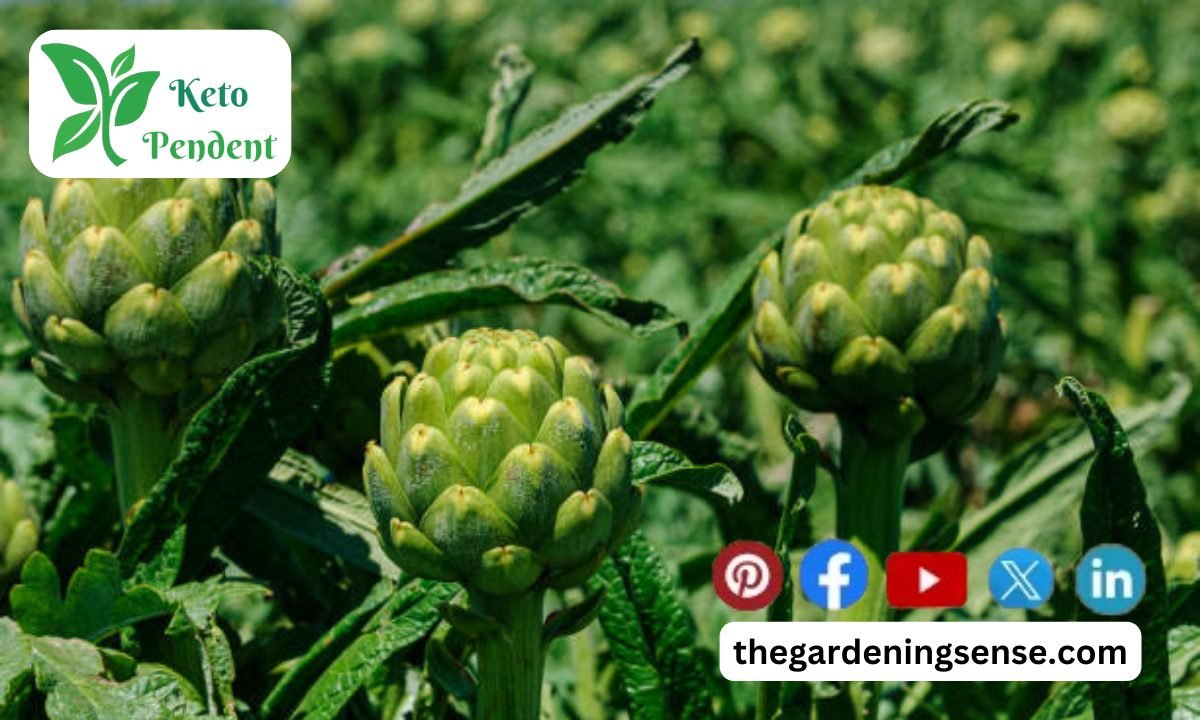Are you ready to elevate your garden game with the exquisite charm of artichokes? Let’s embark on a flavorful journey and explore the topic: When to Grow Artichokes.
Imagine yourself surrounded by a lush garden filled with vibrant colors and fragrant scents. But when exactly should you plant the seeds or move those artichoke starters to cultivate your slice of coastal paradise?
When to grow artichokes depends on your location. In warmer regions like Florida and California, plant in fall or winter. In cooler climates like the UK or Sydney, start seeds indoors in early spring. Follow a planting guide for optimal harvest timing and conditions.
Get ready to uncover the opportune season for cultivating artichokes and set the stage for a harvest as delightful as it is delicious.
1. When to Grow Artichokes | Optimized Timing

When to plant artichokes varies by location. In California and Australia, plant in fall or early spring. In warmer areas like Arizona or South Africa, aim for cooler months. Follow a gardening timetable for optimal growth stages and harvest.
The timing for growing artichokes depends on various factors, such as your climate zone and the specific variety of artichokes you’re cultivating.
However, here are some general guidelines:
- Best Weather for Artichokes: Artichokes like places where winters aren’t too cold and summers aren’t too hot. Look for areas with mild winters and cool summers, like in zones 7 and higher.
- When to Start Planting: Start growing artichokes by planting seeds indoors about 2–3 months before it gets warm outside. Then, when it’s no longer cold, move them outside into your garden.
- Right Temperature for Soil: Make sure the ground is not too cold or too hot when you plant your artichokes. Aim for temperatures between 50°F to 75°F (10°C to 24°C) for the best results.
- Best Time of Year to Plant: For most places, the best time to plant artichokes is in early spring, usually around March or April. This way, they can grow before it gets too hot. In some places with milder winters, you can also plant them in the fall for a winter harvest.
- When to Pick Artichokes: Artichokes take about 3–4 months to grow big enough to eat. You can tell they’re ready to pick when the buds are firm and about 3–4 inches wide. Picking them regularly will make the plant produce more buds.
- Taking Care of Artichokes in Winter: If you live where it gets freezing in winter, you might need to cover your artichoke plants to protect them from frost. In warmer places, they can stay in the ground all year round.
- Keep Planting for a Longer Harvest: To have artichokes for a longer time, plant new seeds or plants every few weeks. This way, you’ll have a steady supply of artichokes all season long.
It’s important to understand your local weather and soil to make sure your artichokes grow well.
2. When to Plant Artichokes in California
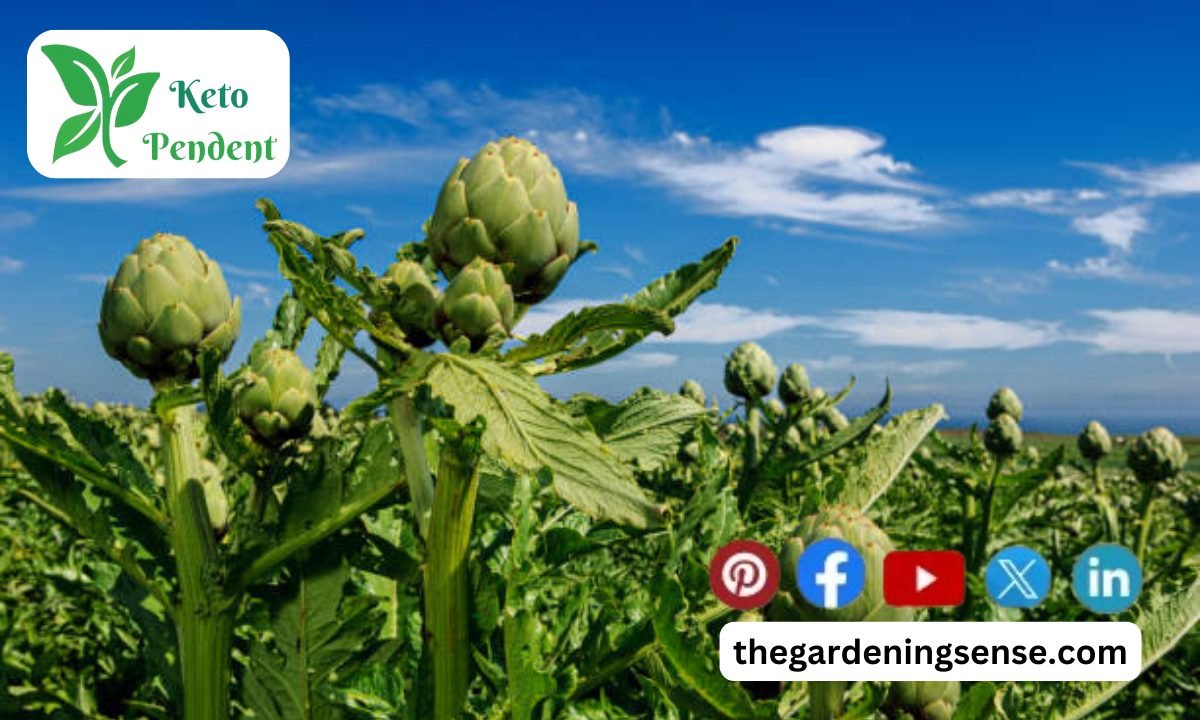
- California’s Artichoke Climate: Artichokes like mild winters and cool summers, which California has in many places, especially along the coast and in parts of the Central Valley.
- Best Planting Times: In California, when to plant artichokes depends on where you live. Along the coast, fall (September to November) or spring (March to April) are good times. In hotter inland areas, it’s better to plant in spring to avoid the summer heat.
- Fall Planting by the Coast: If you live near the coast where winters are mild, you can plant artichokes in the fall. This helps them grow strong roots before winter and gives you a good harvest in spring and summer.
- Spring Planting Inland: In hotter inland areas, it’s smarter to plant artichokes in spring. This way, they don’t have to deal with the hottest summer temperatures, which can stress the plants.
- Soil and Temperature Tips: No matter when you plant, make sure the soil drains well and has compost. Artichokes like soil that’s not too cold or too hot—aim for temperatures between 50°F to 75°F (10°C to 24°C).
- Harvest Time: After planting, artichokes usually take about 85-100 days to grow fully. You’ll know they’re ready when the buds feel firm, tight, and are about 3-4 inches wide.
- Winter Care: If you live where winters are colder, you might need to protect your artichoke plants from frost. Along the coast, they might be fine outside all year, but inland, you may need to cover them up in winter.
Timing plays a crucial role in determining when to grow artichokes successfully. Additionally, understanding how big your plants should be after two months is essential for gauging their progress. Both factors require careful consideration and attention to ensure a bountiful harvest.
Grow healthy artichokes in California by following these tips and understanding your local climate.
3. Growing Artichokes in Pots
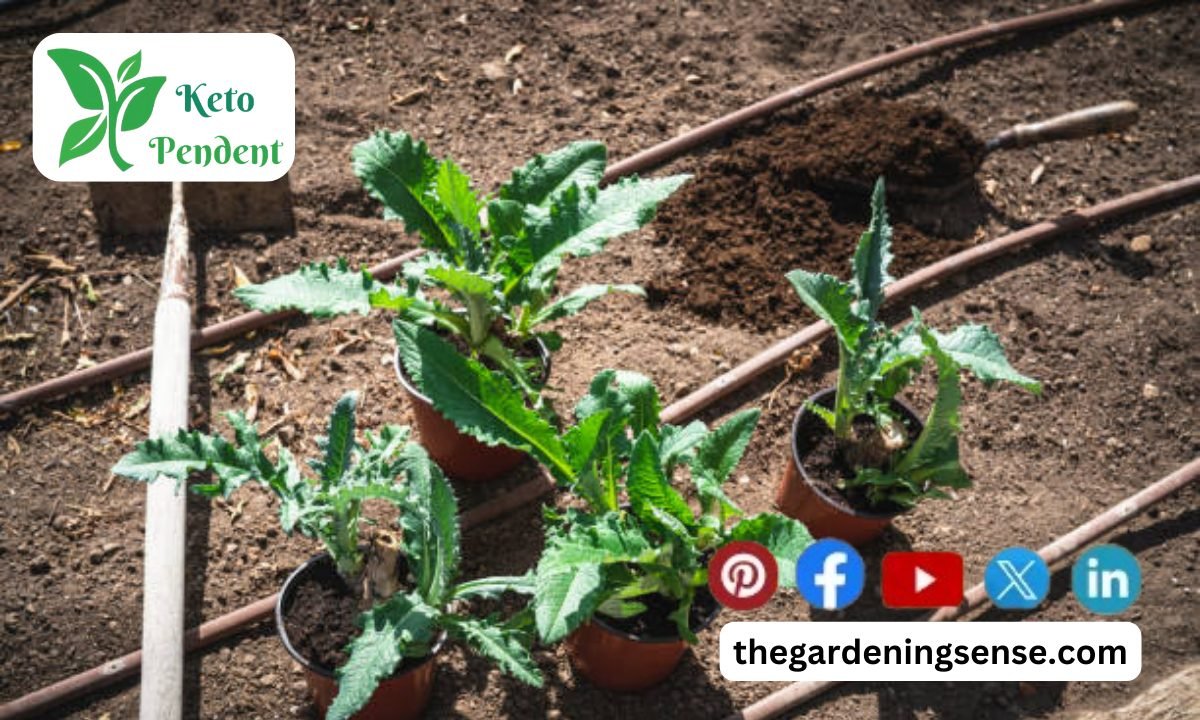
Growing artichokes in pots is indeed possible, although it requires some care and attention to ensure the plants have enough space, nutrients, and support. Here’s a guide to growing artichokes in pots:
- Selecting the Right Pot: Choose a large pot with a diameter of at least 18-24 inches and a depth of 18 inches or more. Artichokes have extensive root systems, so providing ample space is crucial for their growth.
- Choosing the Right Variety: Look for compact or dwarf varieties of artichokes that are well-suited for container growing. Varieties like ‘Imperial Star‘ or ‘Green Globe’ are good options.
- Preparing the Potting Mix: Use a high-quality, well-draining potting mix enriched with organic matter, such as compost or aged manure. Avoid using garden soil, as it may compact in the pot and hinder root growth.
- Planting Artichoke Seedlings: Plant one artichoke seedling per pot, positioning it in the center. Ensure the crown of the plant is at the soil level. Water the plant thoroughly after planting to help it settle into its new home.
- Placement and Sunlight: Place the pots in a sunny location where the plants will receive at least 6-8 hours of sunlight per day. Artichokes thrive in full sun.
- Watering: Keep the soil consistently moist but not waterlogged. Water the plants whenever the top inch of soil feels dry to the touch. Ensure proper drainage to prevent waterlogging, which can lead to root rot.
- Fertilizing: Feed your potted artichokes regularly with a balanced fertilizer formulated for vegetables or flowering plants. Follow the instructions on the fertilizer package for application rates and frequency.
- Supporting the Plants: As the artichoke plants grow, they may become top-heavy and prone to tipping over. Provide support by staking the plants or using cages to keep them upright.
- Harvesting: Harvest artichokes when the buds are firm, tight, and about 3-4 inches in diameter. Use a sharp knife to cut the buds from the plant, leaving a short stem attached.
- Overwintering: In regions with cold winters, you may need to protect potted artichoke plants from freezing temperatures by moving them to a sheltered location or insulating the pots with mulch or straw.
4. Growing Artichokes from Seed
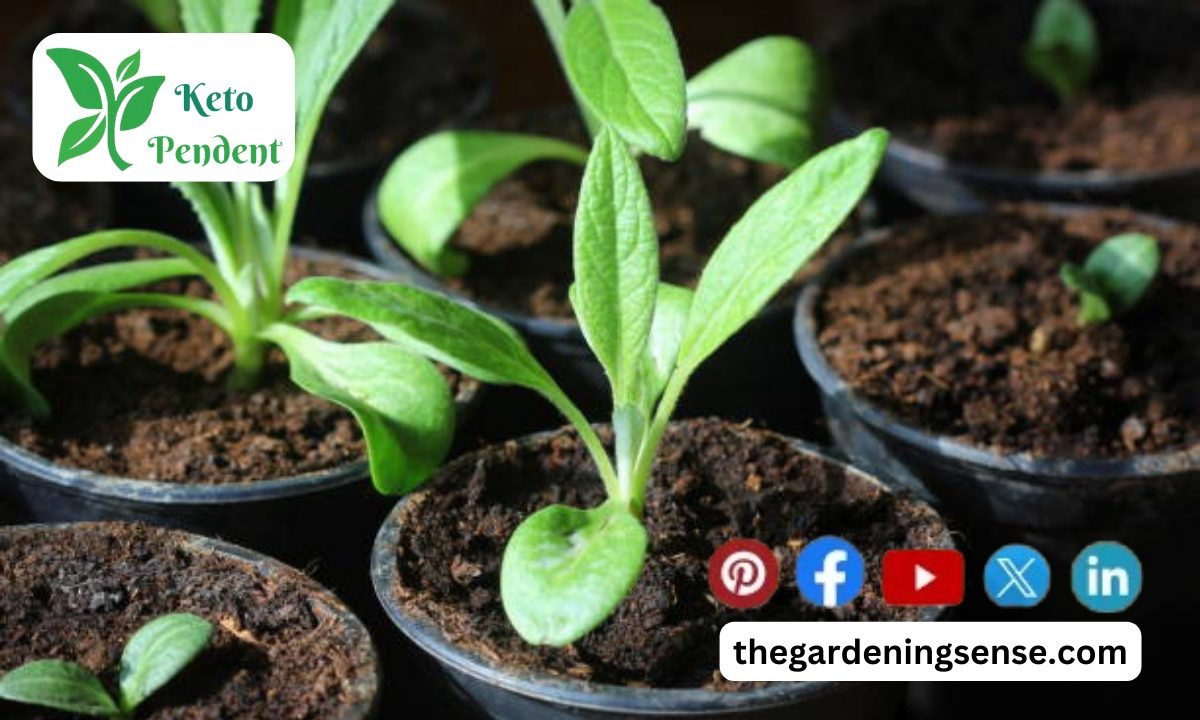
Artichokes typically take 85 to 100 days to grow. They thrive in sunny locations with well-drained soil. To grow them back, plant in spring or fall, depending on your zone. Harvest before the buds fully bloom for best flavor. Follow a gardening schedule for successful cultivation.
- Choosing Seeds: Get good artichoke seeds from a trusted source. Make sure they’re fresh and of good quality.
- Starting Indoors: Begin growing seeds indoors about 8-12 weeks before the last frost date in your area. This gives them a head start before they move outside.
- Prep Pots or Trays: Fill small pots or trays with soil made for starting seeds. Make sure the soil is damp but not too wet.
- Planting Seeds: Put the seeds about ¼ inch deep in the soil, spacing them about 2 inches apart. Cover them gently with more soil.
- Keep Warm and Moist: Put the pots or trays in a warm spot, around 70-80°F. Keep the soil moist but not soaked. You can cover them with plastic to keep the moisture in until they sprout.
- Waiting for Sprouts: It usually takes 1-2 weeks for the seeds to sprout. Once they do, remove any coverings and place them in a sunny spot.
- Transplanting: When the seedlings have a few sets of true leaves, move them into bigger pots or outside. Gradually get them used to being outside before planting them in the garden.
- Picking a Spot: Find a sunny place in your garden with soil that drains well. Artichokes like sunlight and don’t like their roots to be too wet.
- Planting Outside: Wait until after the last frost date to plant your seedlings outside. Dig a hole just big enough for each seedling and gently put them in. Water them well after planting.
- Taking Care: Keep the soil around your artichokes moist but not soggy. Add mulch around them to keep moisture in and weeds out. Feed them with fertilizer now and then to help them grow big and healthy.
- Harvesting: Artichokes usually don’t produce buds until their second year. When the buds are firm and about 3-4 inches wide, they’re ready to be picked. Use a sharp knife to cut them off, leaving a little stem.
Determining when to grow artichokes and when to grow wheat depends on various factors like climate and soil conditions. Both crops require specific planting times for optimal growth and yield. Understanding these timings is essential for successful cultivation.
Follow these steps to grow artichokes from seeds. Enjoy them fresh from your garden!
Growing Artichokes in Zone 7
If you’re in Zone 7, you’re good to grow artichokes! Plant them in well-drained soil with lots of sunlight. Start seeds indoors 8-12 weeks before the last frost or plant transplants in early spring after frost.
How Long to Grow Artichokes from Seed
It takes 85-100 days for artichokes to grow from seed to harvest size. But remember, you usually harvest artichokes in the plant’s second year, not the first.
How Many Artichokes per Plant
Each mature artichoke plant can give you 6-12 artichokes per year. But it can vary based on the type of artichoke, how well you care for it, and other factors.
5. Where to Find Artichoke Plants for Sale in California
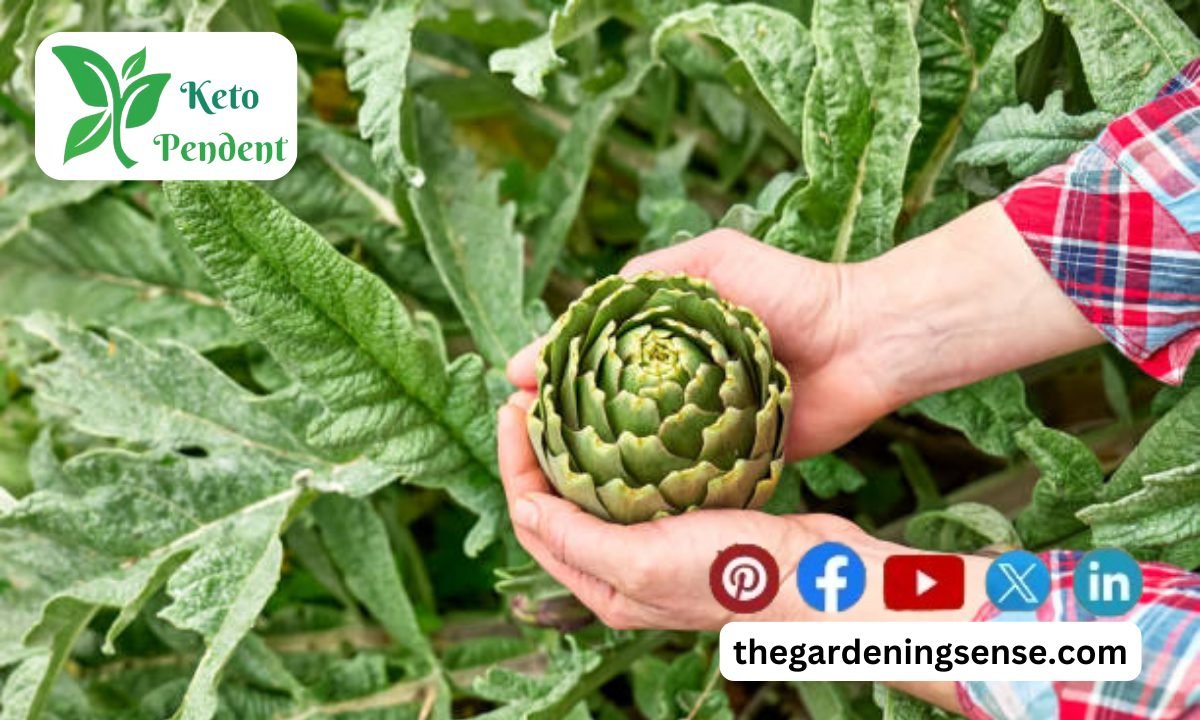
Knowing when to grow artichokes and when to grow butternut squash is essential for a successful harvest. Both crops have specific planting times based on climate and soil conditions. Understanding these timings ensures optimal growth and a bountiful yield.
Alright. for best production, i would like to recommend the following:
- Local Stores: Visit gardening shops or nurseries near your home. They often have artichoke plants for sale, especially in spring.
- Farmers’ Markets: Look for farmers’ markets in your area. Some vendors there may sell artichoke plants along with other vegetables.
- Online Shops: Check gardening websites or online stores. You might find artichoke plants for sale that can be delivered to your home.
- Seed Companies: Some companies that sell seeds also offer artichoke plants. You can check their websites or catalogs to see what they have.
- Local Events: Keep an eye out for plant sales or gardening events happening nearby. They sometimes have artichoke plants for sale.
- Ask at Garden Centers: If you’re not sure where to find artichoke plants, ask at a local garden center. They might be able to tell you where to find them.
- Online Marketplaces: Explore websites like Craigslist or Facebook Marketplace. Sometimes people sell plants, including artichokes, online.
Just make sure to choose healthy plants that look strong and fresh. Happy gardening!
Summing Up
Garden connoisseurs, let’s cultivate the culinary magic of artichokes in your backyard paradise! Delving into When to Grow Artichokes, we’ve unveiled the optimal timing for nurturing these gourmet delights in your garden.
Whether you’re planning a springtime artichoke extravaganza or a fall feast fit for royalty, strategic planting ensures the robust growth and flavorful bounty of your artichoke plants.
So, seize the moment, embrace the Mediterranean spirit, and let the savory delights of homegrown artichokes grace your table!

